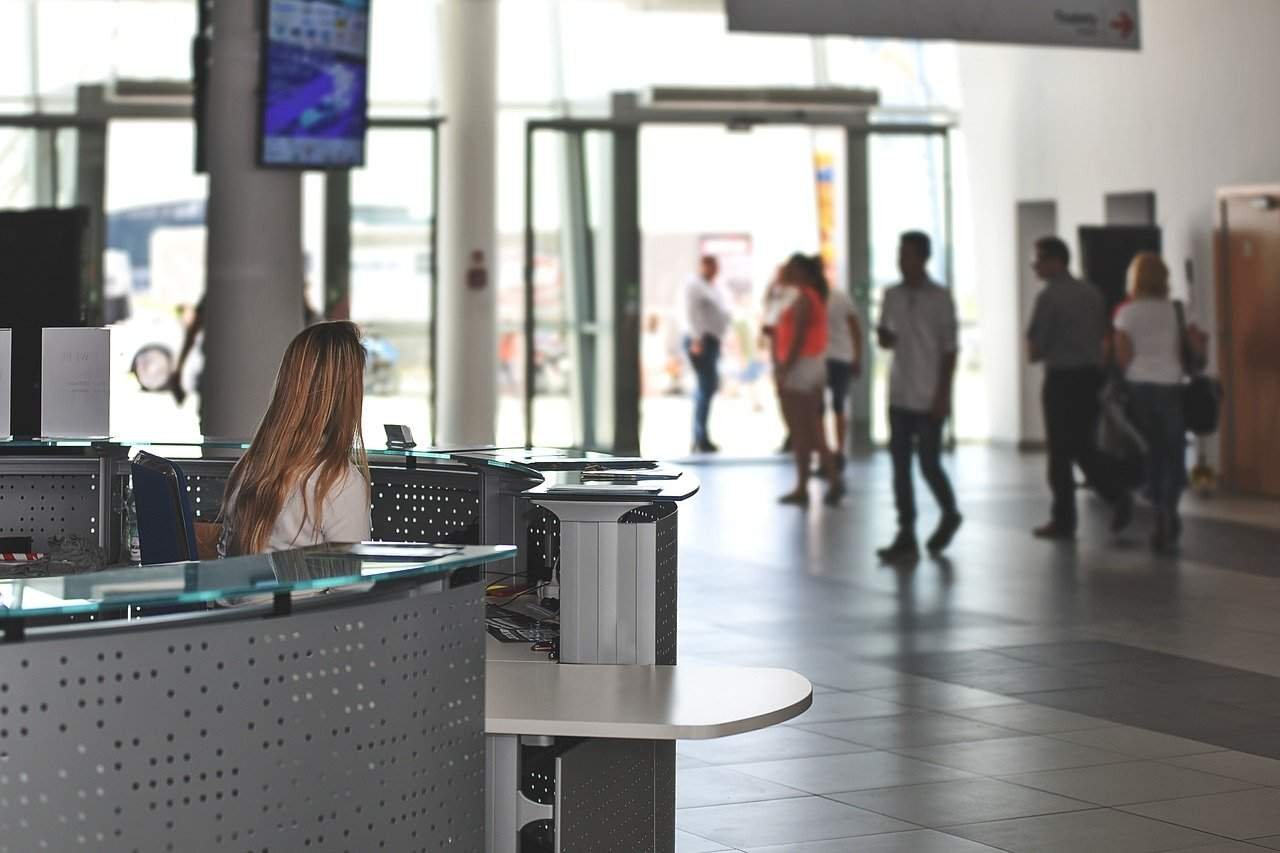What are the Advantages and Features of the Best CNC Machine? Unique the Best CNC Machine for Best Results; It was from the 40s when the electronic computer was developed. It laid the foundation for computer numerical control during the 1950s. When using a computer in a machine tool, electronic valves and relays were used. Transistors and integrated circuits emerged in the 1960s, and it is thanks to chips, the cost of controllers was reduced. The mid-70s is when microprocessors are born.
Here is the article to explain, the Unique Advantages and Features of the Best CNC Machine for Best Results.
As we can see, the constant evolution and development of machine tools have managed to position the metal industry sector as one of the most relevant. Also, Offering higher productivity and reducing costs has been considered a prerogative today.
Carrying out the processes manually leads to more significant stress on workers and increased costs in production. Also, Machining is essential in supporting various industries, and its drive has made it a growing sector following current demands.
For this reason, it has resorted to the construction of new tools and machining machines. As well as specialized software in the treatment and processing of metals. This branch is CNC machining or numerical control machines, which we will talk about today.
In 1952, the Massachusetts Institute of Technology and John C. Parsons developed the first CNC-operated machine. With bulbs, a binary code, and a perforation tape.
The axes of numeric control machines:
The CNC machine’s main characteristic is the degrees of freedom, representing the number of moving axes of the machine. The axes allow you to move the tool concerning the work plane and, depending on the number of degrees of freedom, give greater or lesser flexibility of movement during machining. To better understand, it is helpful to describe the possible number of axes present in a machine:
The 3-axis CNC machines allow you to work simultaneously in height, width, and depth. The combination of these three movements enables the machine to create three-dimensional objects and perform holes and boring.
Compared to the 3-axis CNC machines, 4-axis CNC machines allow you to perform the work piece’s rotation movement. This movement can occur simultaneously with the other three axes or when the different three axes are stationary.
The advantages of a CNC machine:
After understanding the numerical control machine’s functioning, it is essential to understand how it practically improves our work. It brings three simple changes that positively revolutionize our entire production:
1. Time savings:
One of the most apparent advantages of CNC Machining is reducing the time it takes to complete a project compared to manual work.
2. Cost reduction:
Total production time and labour are all factors related to the cost of the final product. It seems evident that reducing time and human resources will lead to a considerable saving in production costs.
3. Greater accuracy:
CNC machines allow very high precision machining through computer-aided production. The CNC machine will perfectly realize what the project foresees.
Conclusion:
The CNC machining is a hybrid electromechanical component of machine tools used in the machining bar turning, but automatically. In this way, human intervention minimize. It is gaining greater productivity in less time and with high precision.







Leave a Reply